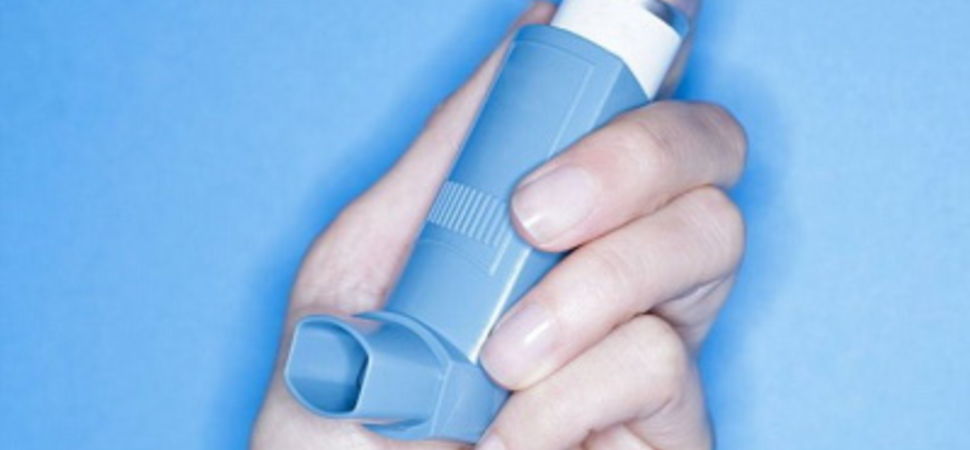
Using your Asthma Inhalers Correctly
Whether you're using a preventer or reliever inhaler, good inhaler technique allows you to breathe the medicine directly into your lungs, where it's needed. Because the medicine isn't absorbed into the rest of your body, you're less likely to experience negative effects. You'll have the best chance of controlling your asthma symptoms if you do it this way.
Even if you believe your asthma inhaler technique is adequate, there may be opportunity for improvement so that more medicine reaches the deepest parts of your lungs. Poor asthma control is linked to incorrect inhaler technique.
If you're having trouble using your inhaler,
Consult your GP, asthma nurse, or pharmacist about your inhaler technique. If you're having trouble using your inhaler, they can suggest switching to a different one. A dry powder inhaler, for example, can be considerably easier to operate than a metered-dose inhaler because it doesn't require as much hand strength.
Some patients employ Haleraid® devices to assist them in pressing the inhaler canister. If you have limited hand strength, talk to your doctor, asthma nurse, or pharmacist about alternate inhalers or gadgets that can help.
Advantages of proper inhaler technique
It can benefit you if you use your preventer inhaler as directed and with the proper inhaler technique:
- reduce your chances of having an asthma attack
- You'll be able to deal with your asthma triggers more effectively.
- Get a good night's sleep and engage in physical and social activities with your family.
With proper inhaler technique, you may be able to manage your asthma symptoms without the need for higher doses.
Keeping side effects at bay
If you utilise the appropriate inhaler method, you'll have less adverse effects from your prescription. Medicine can stick to the back of your throat, tongue, or mouth if you don't utilise the proper technique. Oral thrush can result from this. A sore tongue or throat, a hoarse voice, or a cough are all possible side effects.
After using a steroid inhaler, it's a good idea to rinse your mouth with water to eliminate any medicine that may have become caught in your mouth.
Using a spacer with your MDI inhaler (such as Ventolin) may also be beneficial. As a result, spacers can assist the medicine get straight to your lungs, reducing adverse effects.
Having your technique examined
Ask your GP or asthma nurse to evaluate your inhaler technique during your annual asthma review or an asthma checkup. This is particularly critical if:
- You've recently experienced symptoms or an asthma attack, and you've been prescribed a new type of inhaler, or your inhaler's design has changed.
Even if you're using the same inhaler you've always used, it's simple to make little errors.
Maintaining and cleaning your inhaler
If you keep your inhaler clean, you'll be able to avoid difficulties like inhaling dust from the mouthpiece.
It's also a good idea to keep it somewhere cool and dry. Keep your inhaler away from scorching windowsills and damp bathroom cabinets. Always keep an eye on the expiration date on your inhaler. You can dispose of your inhaler at your local pharmacy if it is out of date or used.

